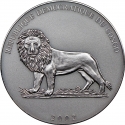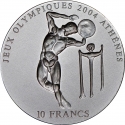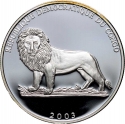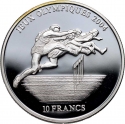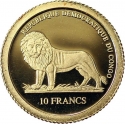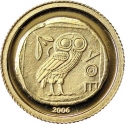You are about to finish your registration. Please check your mailbox (including spam folder). There should be a letter with a confirmation link. Check setting to make sure that your e-mail address is correct.
Send letter againDescription
The 2004 Summer Olympic Games, officially known as the Games of the XXVIII Olympiad and commonly known as Athens 2004, was a premier international multi-sport event held in Athens, Greece, from 13 to 29 August 2004 with the motto Welcome Home.
2004 marked the return of the games to the city where they began. Having previously hosted the Summer Olympic Games in 1896, Athens became one of only four cities to have hosted the Summer Games on two separate occasions.
A new medal obverse was introduced at these Games, replacing the design by Giuseppe Cassioli that had been used since the 1928 Games. This rectified the long-lasting mistake of using a depiction of the Roman Colosseum rather than a Greek venue. The new design features the Panathenaic Stadium.
There were 301 medal events in 28 different sports. The final medal tally was led by the United States, followed by China and Russia with host Greece at 15th place.
Obverse

|
Depicts a standing figure of Spyros Louis between two rows of trees, the Tomb of Marathon in the background and the words "Olympic Champion Spyros Louis". 2000 |
|---|---|
Reverse

|
Depicts the official emblem of the Olympic games, surrounded by the inscription, value below, a palmette (the mint mark of the Greek Mint) on the left bottom. ΕΛΛΗΝΙΚΗ ΔΗΜΟΚΡΑΤΙΑ |
| Edge |
500 Drachmes
Athens 2004 Summer Olympics
Spyridon Louis
Subscribe series
KM# 179
Athens 2004 Summer Olympics
Spyridon Louis
Characteristics
| Type | Commemorative Issue (Circulating) |
| Material | Copper Nickel |
| Weight | 9.54 g |
| Diameter | 28.5 mm |
| Thickness | 1.98 mm |
| Shape |
|
| Alignment | Medal |
| Mint |
Bank of Greece
|


